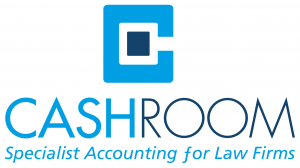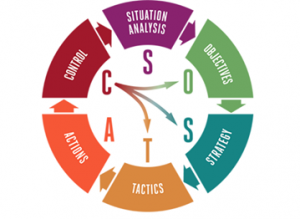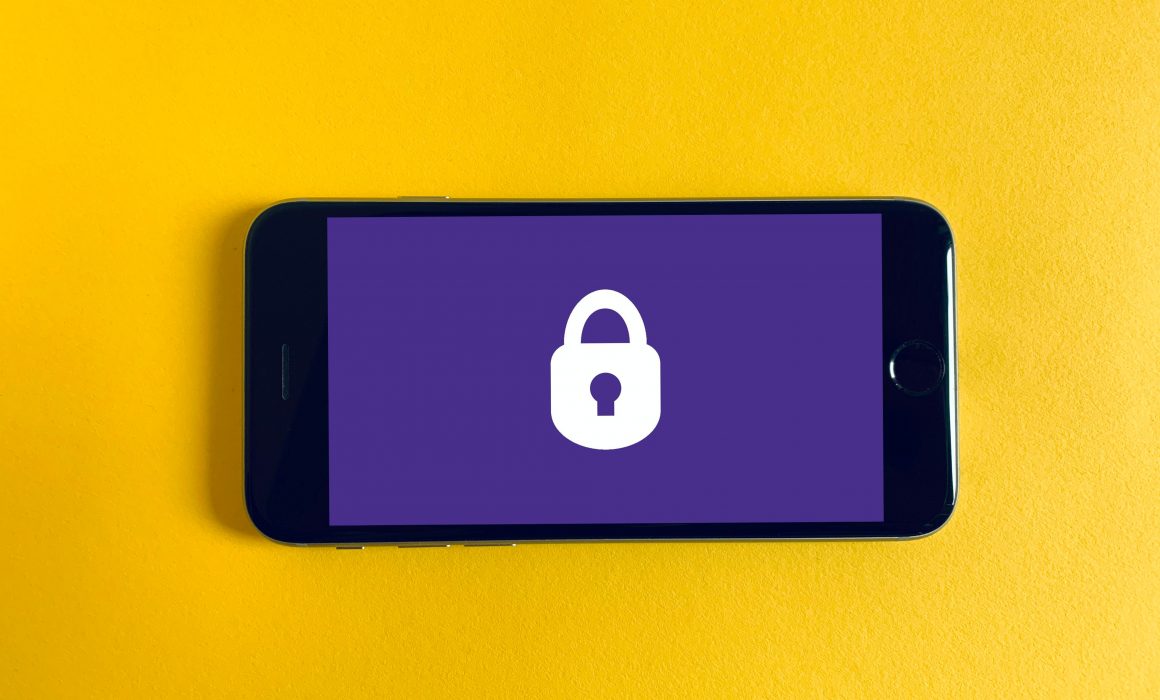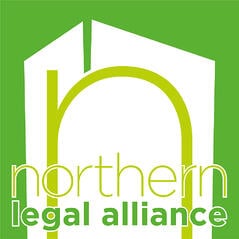Providing data security to law firms
Cashroom has renewed our Cyber Essential Plus status. This achievement is another reason why Cashroom is the leading supplier of outsourced legal finance and highlights the sophistication and robustness of our revolutionary web-based client portal. Cashroom communication is protected from the insecurities of email and our clients are safer than those who don’t use Cashroom from the rising threat of fraudulent payments.
Cashroom’s Head of Technology, Steven O’Day
“Security is at the forefront of our minds at Cashroom. These accreditations prove that we are leading the way in providing data security to clients. The team will also continue to have regular training and updates to react to the ongoing risk of cybercrime.”
Cyber Essentials acknowledges the highest levels of competency and performance. Therefore, Cyber Essential Plus has been awarded as a result of an external audit of Cashroom systems. This proves it was doing everything, and more, to meet the government’s standard for cyber security and protect law firms and their finances.
Creating an even more secure service with further reduced risk payment methods for firms is a massive priority for our full-time technology development team. We have a ‘suggest feedback’ button within our portal for easy access, we send out monthly client surveys to check in and get feedback and we also have client relationship calls where we ask for any feedback – listening to what our clients need and want is of the utmost important in all our technology development.
Cashroom works alongside legal firms managing their finance including cyber security measures. Our experts in legal finance work seamlessly in the background as part of the team taking a pro-active approach to keep everything up to date rather than being called in to react when things go wrong.
The Cashroom approach means our law firm clients can focus on their business. In addition, they can save money and they can pass this peace of mind on to their own customers with the help of our outsourced legal cashiering, management accounting and other accounting services.
“We’ve been with Cashroom for a while now, and I couldn’t be more pleased with my decision. The transition process was smooth, my cashiers are first rate, and the peace of mind it gives me, knowing everything is in order, is invaluable. My day-to-day interaction with Cashroom is managed via their proprietary web portal. It’s easy to use and ensures secure communication, and prompt responses. I’ve recommended Cashroom to several colleagues in the profession.”
Mark Gawor, Founder/Senior Partner, Gawor & Co
With integrations into some of the leading Practice Management systems and the banking network, Cashroom makes law firms tools work better by integrating with industry leading software and custom applications right into our Cashroom Portal. Our portal is secure and provides an encrypted means of communication between Cashroom and our clients. Our software can reduce duplication of data entry, reduce risk by minimising the potential for human error and save time.
Firms understand the importance of cyber security and they want the best processes and legal accounting service possible looking after their law firm’s finances – that’s Cashroom!
About Cashroom
 Cashroom provides expert outsourced accounting services for Law Firms including Legal Cashiering, Management Accounts and Payroll services. Our mission is to free lawyers from the complexities of legal accounting by supporting the industry with accurate management information and allowing lawyers to do what they do best – practice law.
Cashroom provides expert outsourced accounting services for Law Firms including Legal Cashiering, Management Accounts and Payroll services. Our mission is to free lawyers from the complexities of legal accounting by supporting the industry with accurate management information and allowing lawyers to do what they do best – practice law.
We’ve been with Cashroom for quite a few years now, and I would never go back. In any business, and particularly in times of uncertainty, it’s important to control your costs, and that’s exactly what you help me do.









 When we launched our Cashroom Academy last month, we decided to open the offices to those staff members who wanted to come in, we had a dominoes lunch and even went to the pub afterwards. Something we haven’t been able to do in a long time. For those who couldn’t make it or live too far away, they were able to join virtually. We ensured the presentation would work for hybrid working too, so everyone, whether in the office or at home could participate.
When we launched our Cashroom Academy last month, we decided to open the offices to those staff members who wanted to come in, we had a dominoes lunch and even went to the pub afterwards. Something we haven’t been able to do in a long time. For those who couldn’t make it or live too far away, they were able to join virtually. We ensured the presentation would work for hybrid working too, so everyone, whether in the office or at home could participate.







 change. It was such a different job than what I was used to. When I began, COVID literally arrived, and I had to begin the job working from home. Any nerves I had were put at ease immediately when I started, the team were all very helpful and always willing to help. Almost immediately after starting I soon realised this was the career for me. I have enjoyed gaining a clearer understanding of what being a cashier entails and gaining and developing relationships with clients. Working from home hasn’t stunted my training, Cashroom has adjusted to new ways of learning and the whole team have been supportive in helping me achieve my goals.
change. It was such a different job than what I was used to. When I began, COVID literally arrived, and I had to begin the job working from home. Any nerves I had were put at ease immediately when I started, the team were all very helpful and always willing to help. Almost immediately after starting I soon realised this was the career for me. I have enjoyed gaining a clearer understanding of what being a cashier entails and gaining and developing relationships with clients. Working from home hasn’t stunted my training, Cashroom has adjusted to new ways of learning and the whole team have been supportive in helping me achieve my goals.




 but my mind was blown wide open during the 7 days on the programme and sharing some snippets may be useful to others.
but my mind was blown wide open during the 7 days on the programme and sharing some snippets may be useful to others. and came out firm friends – we were all very different characters and yet respect and trust was built in those 7 days that normally would take years. We practiced our new skills on each other constantly, laughed together (the MOST fun group, right Tammy?) and there may have been a couple of tears together too.
and came out firm friends – we were all very different characters and yet respect and trust was built in those 7 days that normally would take years. We practiced our new skills on each other constantly, laughed together (the MOST fun group, right Tammy?) and there may have been a couple of tears together too.


 than it has for ages. I had to dust it down and there was of course the fear that pandemic pounds would have made me unable to get into it any more.
than it has for ages. I had to dust it down and there was of course the fear that pandemic pounds would have made me unable to get into it any more. For any event at all, but even more when the cost is not minor, our CEO Chris O’Day is keen to understand the Return On Investment. We had taken the decision to sponsor the champagne reception and with that and the hotels and travel costs this was always going to be one of the biggest single events in our calendar.
For any event at all, but even more when the cost is not minor, our CEO Chris O’Day is keen to understand the Return On Investment. We had taken the decision to sponsor the champagne reception and with that and the hotels and travel costs this was always going to be one of the biggest single events in our calendar.

 increasing section of the population experiencing symptoms of burnout all the time or sometimes – between two thirds and three quarters of workers, and LawCare’s Life in the Law study found that the average lawyer is at high risk of burnout – whether you’re a lawyer or in the world surrounding them the likelihood is that you’re drawn into this.
increasing section of the population experiencing symptoms of burnout all the time or sometimes – between two thirds and three quarters of workers, and LawCare’s Life in the Law study found that the average lawyer is at high risk of burnout – whether you’re a lawyer or in the world surrounding them the likelihood is that you’re drawn into this. go when we’re tired, overwhelmed and trying to catch up but they are non-negotiables. You can’t function well or at all without adequate sleep, active and passive rest and recharge moments with the things and people that make the work worthwhile.
go when we’re tired, overwhelmed and trying to catch up but they are non-negotiables. You can’t function well or at all without adequate sleep, active and passive rest and recharge moments with the things and people that make the work worthwhile. Leah Steele
Leah Steele






